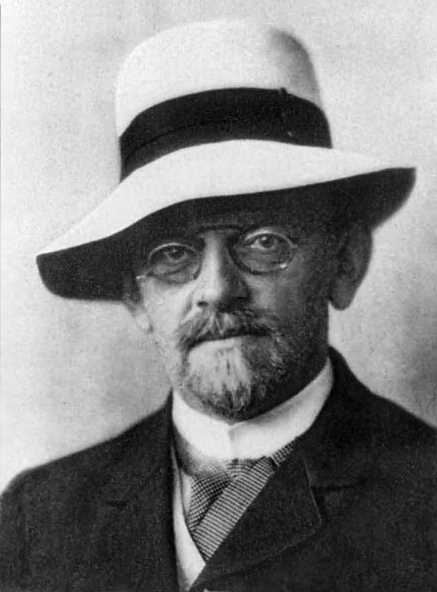|
Hilbert's Eighteenth Problem
Hilbert's eighteenth problem is one of the 23 Hilbert problems set out in a celebrated list compiled in 1900 by mathematician David Hilbert. It asks three separate questions about lattices and sphere packing in Euclidean space. Symmetry groups in dimensions The first part of the problem asks whether there are only finitely many essentially different space groups in n-dimensional Euclidean space. This was answered affirmatively by Bieberbach. Anisohedral tiling in 3 dimensions The second part of the problem asks whether there exists a polyhedron which tiles 3-dimensional Euclidean space but is not the fundamental region of any space group; that is, which tiles but does not admit an isohedral (tile- transitive) tiling. Such tiles are now known as anisohedral. In asking the problem in three dimensions, Hilbert was probably assuming that no such tile exists in two dimensions; this assumption later turned out to be incorrect. The first such tile in three dimensions was found b ... [...More Info...] [...Related Items...] OR: [Wikipedia] [Google] [Baidu] [Amazon] |
Hilbert Problems
Hilbert's problems are 23 problems in mathematics published by German mathematician David Hilbert in 1900. They were all unsolved at the time, and several proved to be very influential for 20th-century mathematics. Hilbert presented ten of the problems (1, 2, 6, 7, 8, 13, 16, 19, 21, and 22) at the Paris conference of the International Congress of Mathematicians, speaking on August 8 at the Sorbonne. The complete list of 23 problems was published later, in English translation in 1902 by Mary Frances Winston Newson in the ''Bulletin of the American Mathematical Society''. Earlier publications (in the original German) appeared in ''Archiv der Mathematik und Physik''. and Of the cleanly formulated Hilbert problems, numbers 3, 7, 10, 14, 17, 18, 19, 21, and 20 have resolutions that are accepted by consensus of the mathematical community. Problems 1, 2, 5, 6, 9, 11, 12, 15, and 22 have solutions that have partial acceptance, but there exists some controversy as to whether ... [...More Info...] [...Related Items...] OR: [Wikipedia] [Google] [Baidu] [Amazon] |
Heinrich Heesch
Heinrich Heesch (June 25, 1906 – July 26, 1995) was a German mathematician. He was born in Kiel and died in Hanover. In Göttingen, he worked on Group theory. In 1933, Heesch witnessed the National Socialist purges of university staff. Not willing to become a member of the National Socialist organization of university teachers as required, he resigned from his university position in 1935 and worked privately at his parents' home in Kiel until 1948. During this time, he did research on tilings. In 1955, Heesch began teaching at Leibniz University Hannover and worked on graph theory. In this period, Heesch did pioneering work in developing methods for a computer-aided proof of the then unproved four color theorem. In particular, he was the first to investigate the notion of "discharging", which turned out to be a fundamental ingredient of the eventual computer-aided proof by Kenneth Appel and Wolfgang Haken. Between 1967 and 1971, Heesch made several visits to the United ... [...More Info...] [...Related Items...] OR: [Wikipedia] [Google] [Baidu] [Amazon] |
